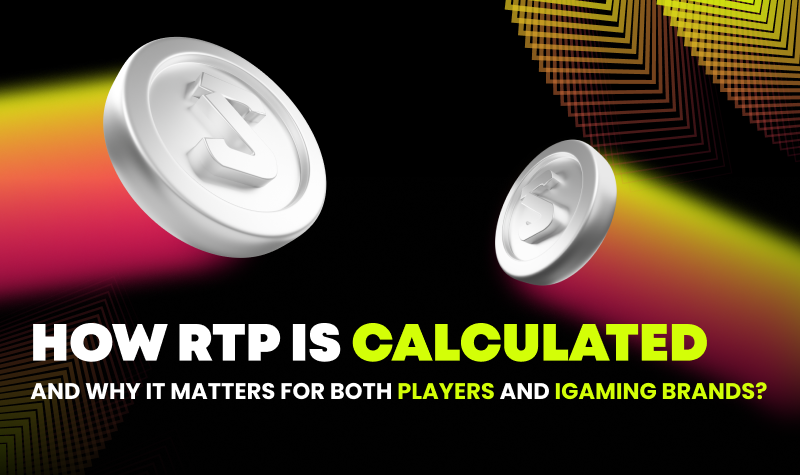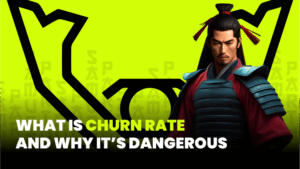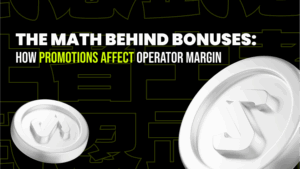RTP is one of the most important — and most misunderstood — terms in online gambling. It impacts how much profit a casino earns and how much value players can expect to receive. Let’s take a closer look at what RTP really means, how it’s calculated, and why it matters to both players and casino operators.
What Is RTP in Simple Terms?
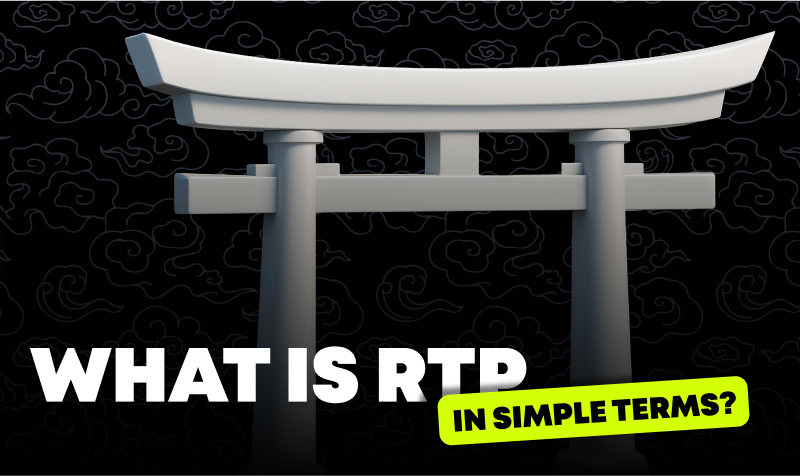
RTP (Return to Player) is a percentage that shows how much of all wagered money a game returns to players in the form of winnings — over the long run.
Example:
If a slot has an RTP of 96%, it means that for every €1,000 wagered, players will receive around €960 back in total over time. The remaining €40 is the casino’s margin.
⚠️ It’s important to note: RTP does not mean that every individual player will get 96% of their money back. In short sessions, someone can win big — or lose quickly. RTP only plays out over millions or billions of spins. It’s a long-term average.
How RTP Is Calculated
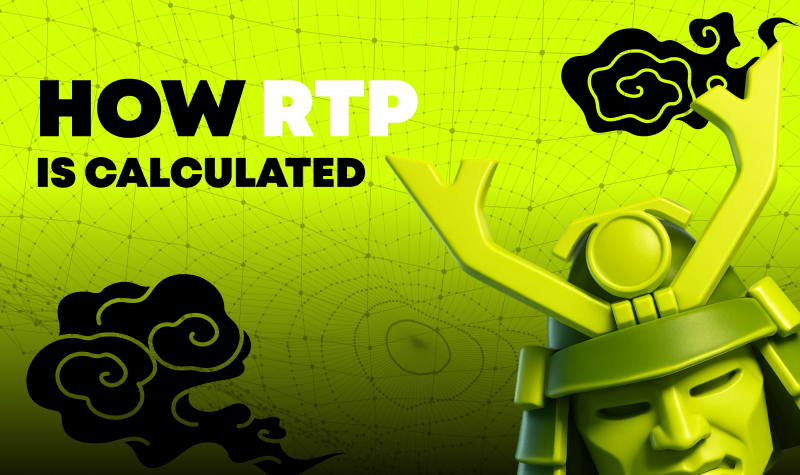
From a mathematical standpoint, RTP is calculated as:
RTP = (Total Player Winnings / Total Amount Wagered) × 100%
Example:
If players wager €10,000 and receive €9,600 in winnings, then:
RTP = (9,600 / 10,000) × 100% = 96%
How RTP Is Built Into a Game
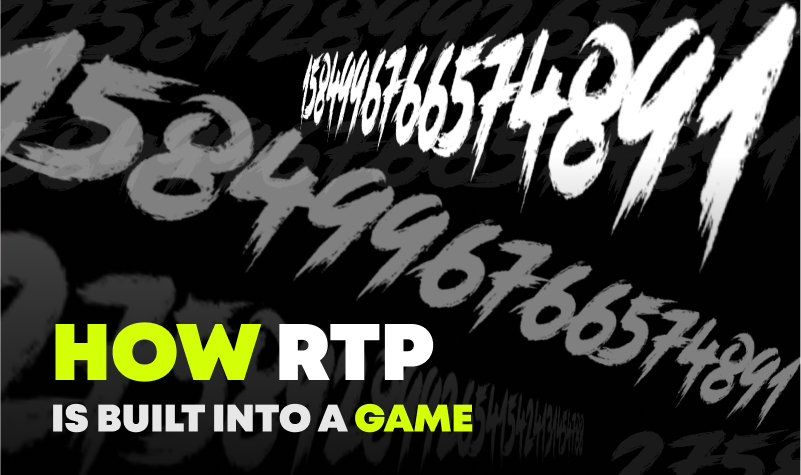
Game providers (slot developers and gambling software creators) define the RTP during the development phase. It is based on several core components:
1. Random Number Generator (RNG)
Every slot is powered by an RNG — a Random Number Generator algorithm that determines which symbols land on the reels. Providers calculate the probabilities of all possible combinations so that, over time, the real return aligns with the stated RTP.
2. Paytables
Paytables define how much each symbol combination is worth.
- Frequent small wins = low volatility. These games pay steadily but in small amounts.
- Rare large wins = high volatility. These can involve long losing streaks but the occasional big payout.
Balancing volatility and payout distribution is a key part of hitting the target RTP.
3. Bonus Features
Free spins, bonus rounds, and multipliers are all factored into RTP. Often, part of the RTP is “hidden” in bonuses to keep players engaged. For example, free spins may have a higher RTP to compensate for a lower base game return.
Why RTP Matters for the Casino
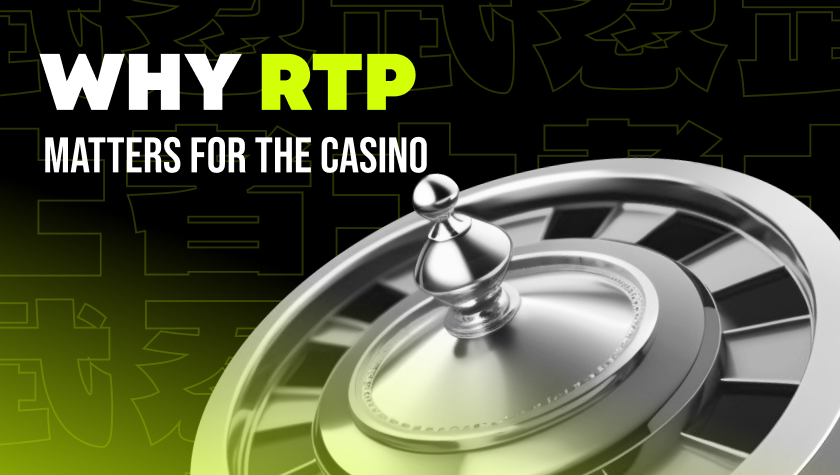
It may seem like high RTP is only beneficial to players, but casinos rely on RTP, too — it directly impacts their profitability and planning.
Predictable Revenue
Casinos earn from the margin — the difference between total wagers and total payouts. A 96% RTP means a 4% margin, helping the casino forecast earnings and manage financial risk.
Competitive Advantage
Today’s players are more informed. Many check RTP before playing. Review sites and comparison platforms often highlight slots with high RTP. If a slot has low RTP, especially a popular one, it can scare off experienced or high-stakes players.
Balancing Profit and Player Retention
A very high RTP can cut too deeply into profits. A very low RTP can drive players away. Striking the right balance is both a science and an art in iGaming product design.
Why RTP Matters for the Player
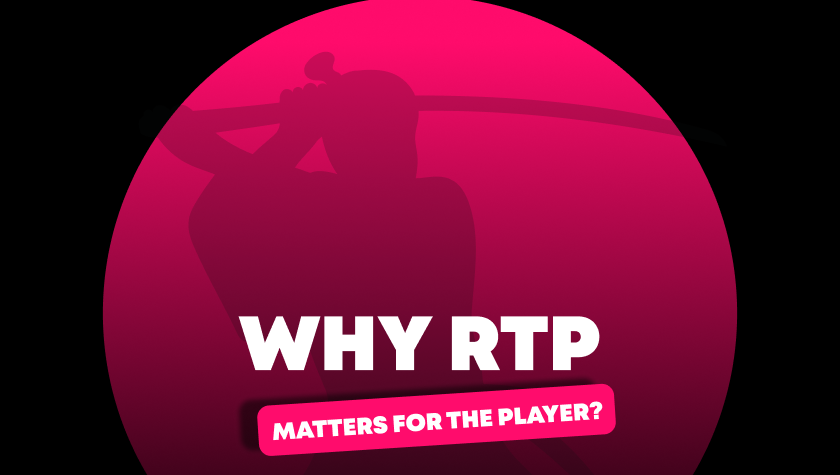
Odds of Winning
RTP helps players estimate how much they might get back overall. At 96% RTP, players can expect around €960 back per €1,000 wagered. But in the short term, outcomes vary — luck and volatility play a big role.
Choosing the Right Game
- Players who prefer stability go for high RTP and low volatility — fewer swings in balance.
- Those chasing big wins may prefer higher volatility, even with slightly lower RTP, hoping for that massive hit worth hundreds or thousands of bets.
Bankroll Management
Understanding RTP helps players control their spending. Low RTP = higher risk of fast losses. High RTP = more playtime and smaller average losses.
RTP vs. Jackpot — Not the Same Thing

A common misconception: RTP is not the same as jackpot odds.
- RTP = the long-term return across all spins and players
- Jackpot = a rare, high-value prize with extremely low probability
💡 Fun fact: In progressive jackpot slots, part of the RTP goes toward the jackpot pool. For example, if a slot’s RTP is 96%, and 1% of bets fund the jackpot, the base game RTP may effectively be just 95%.
This is important when comparing similar slots.
Conclusion
RTP isn’t just a technical stat. It means profitability and sustainability for casino operators, and informed risk management for players.
Every player — beginner or pro — benefits from understanding RTP. A clearly stated RTP builds trust in the game and the brand. For operators, it’s all about striking a balance between games that attract players and games that earn revenue.
💡 Understanding RTP is the key to playing responsibly, enjoying the game, and maximizing fun — without spending more than you’re willing to lose.

